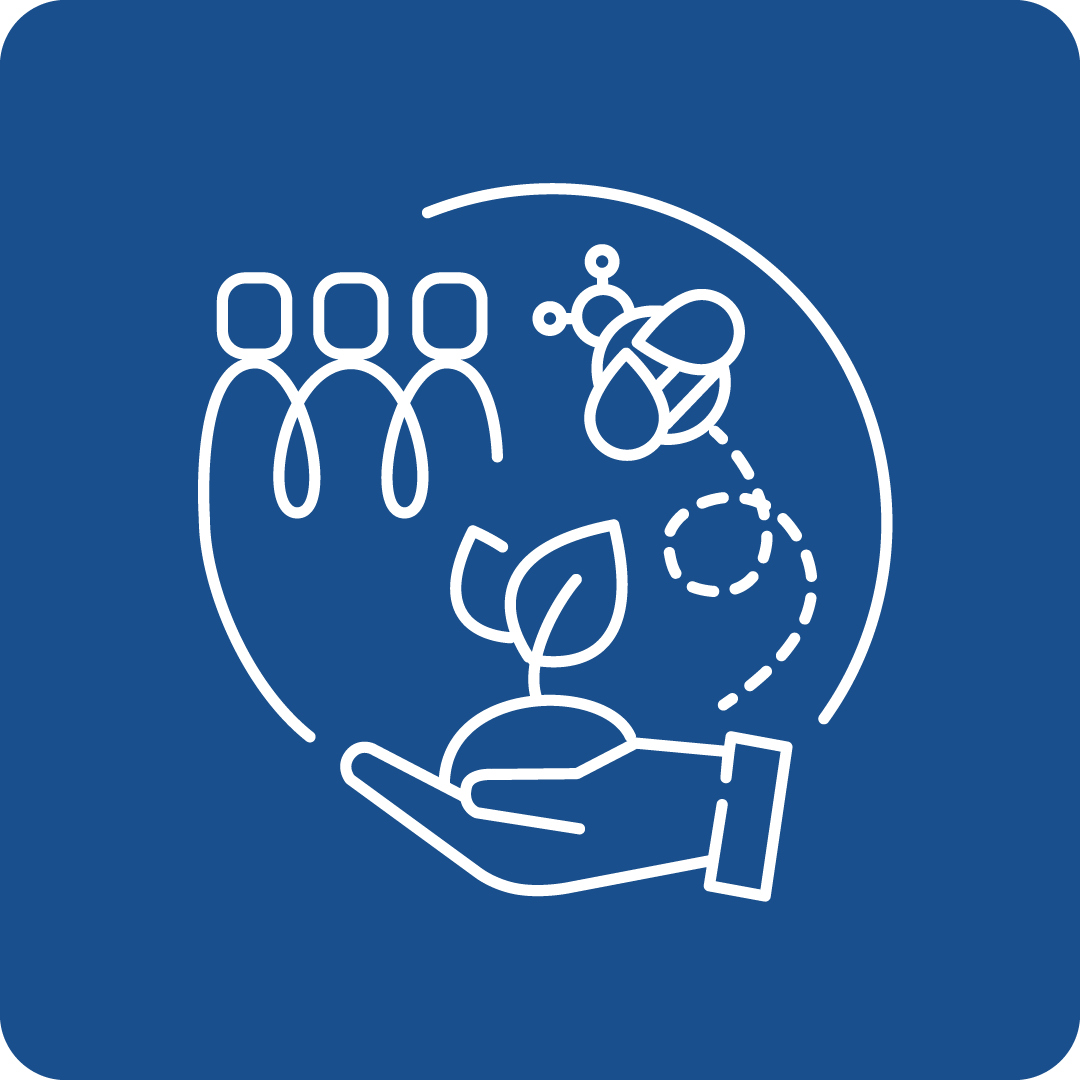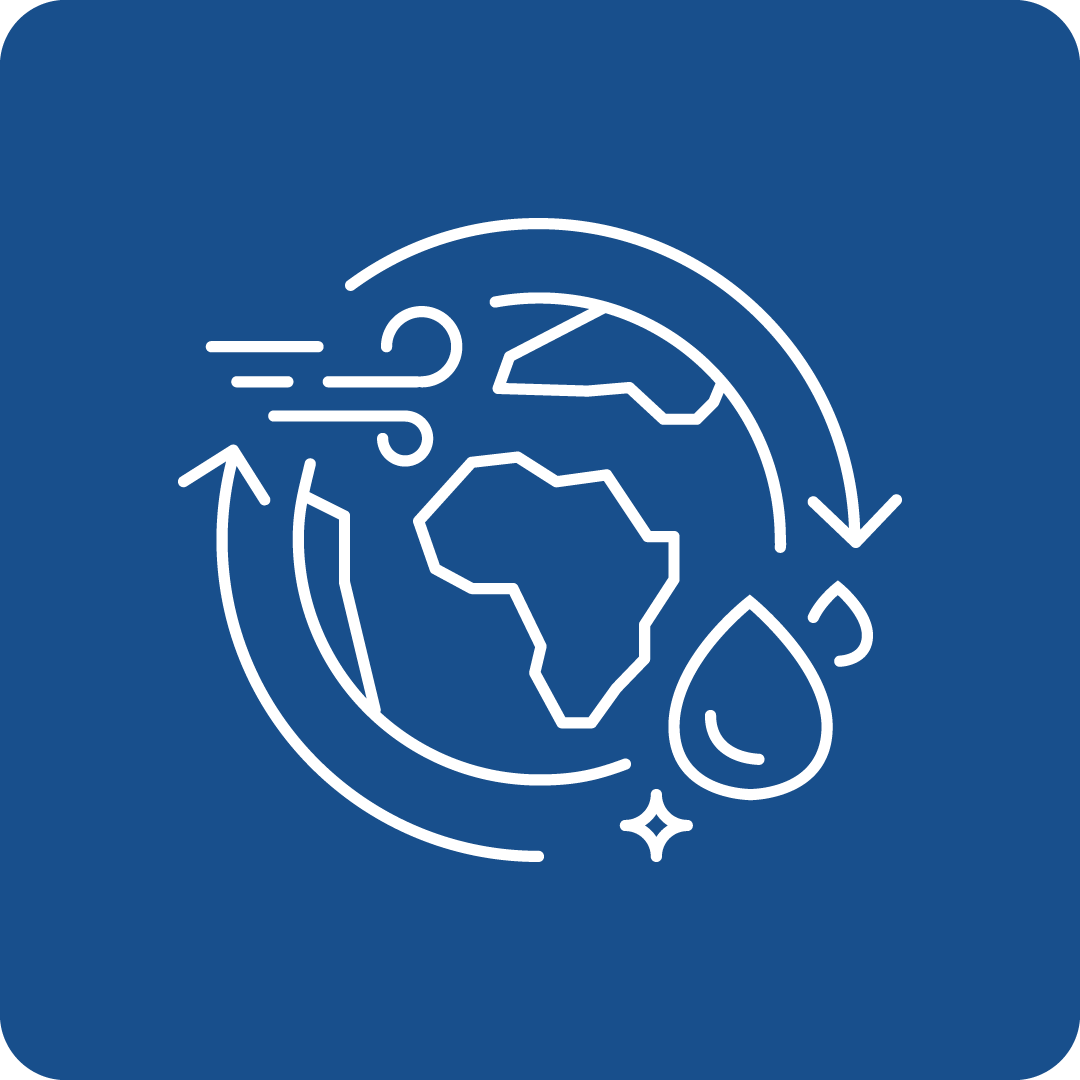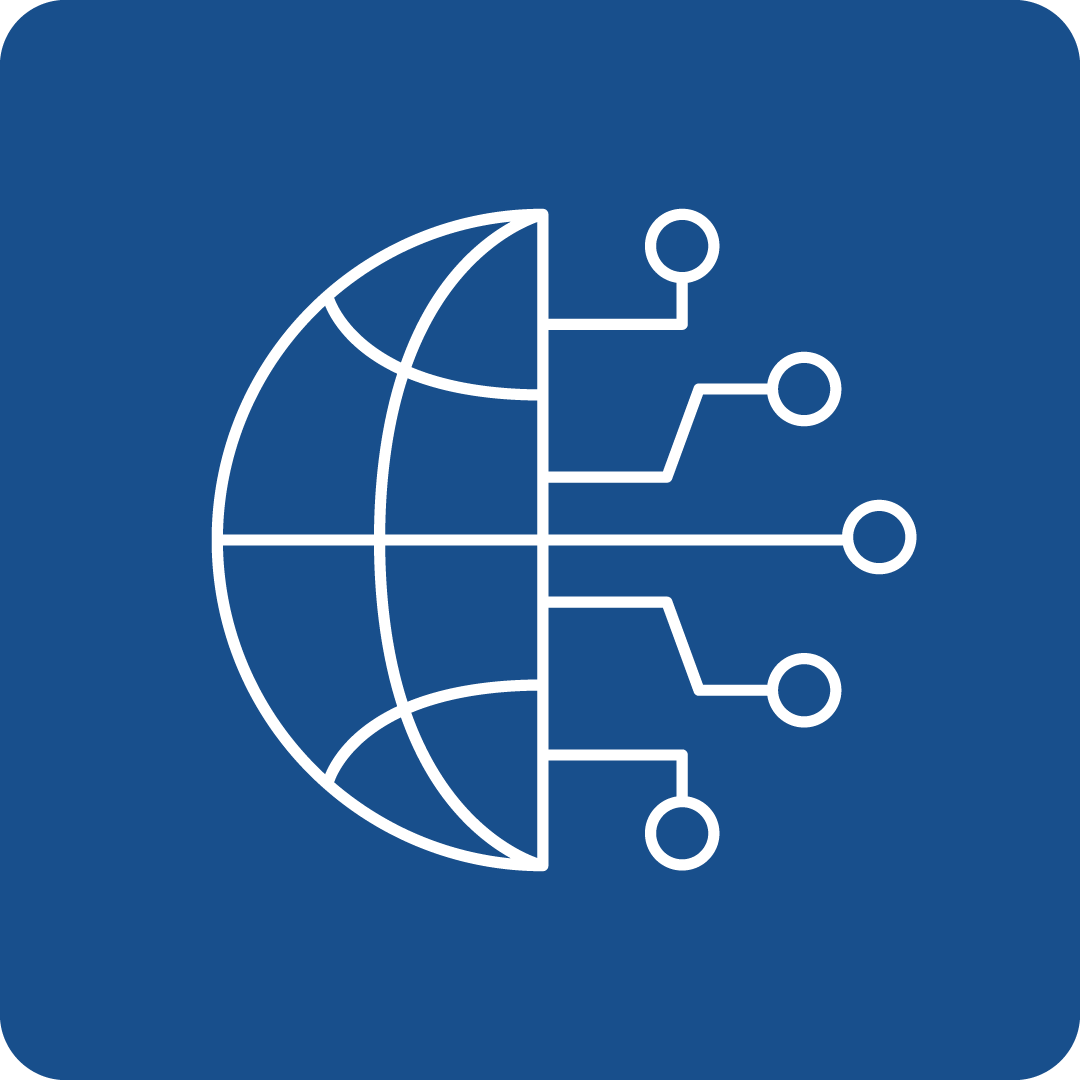Filter Search for grants
Call Navigation
Deadline expired
The deadline for this call has expired.
Call key data
Coupling circularity and climate mitigation in industrial sites and their cities and regions
Funding Program
Horizon Europe: Missions
Call number
HORIZON-MISS-2025-04-CIT-01
deadlines
Opening
06.05.2025
Deadline
04.09.2025 17:00
Funding rate
70%
Call budget
€ 17,000,000.00
Estimated EU contribution per project
€ 8,500,000.00
Link to the call
Link to the submission
Call content
short description
There is a pressing need to overcome the lack of coordination among industrial, circularity and urban activities and actors that yields sub-optimal outcomes in terms of climate mitigation, energy efficiency, resource use (including water), environmental pollution, material valorisation and waste reduction.
Call objectives
Climate mitigation and circularity are key building blocks for achieving industrial and urban futures that are climate-neutral and sustainable. While mitigation and circularity performance are typically modelled at the global or national level, a gap persists in action plans and practice at local level where the coupling of decarbonisation and circularity against the background of industrial-urban symbiosis and of the sharing economy (energy and materials) could yield significant ecological, economic and social benefits.
Proposals must involve at least three different demonstration sites and at least three replication sites. The consortia should involve key circular economy and mitigation actors from both local public authorities and industries in a certain region. Demonstration sites are expected to cover at least two different economic sectors, value chains and/or services.
Proposed projects should:
- Set up and deploy innovative governance and business models as well as ‘joint actions’on climate mitigation and circularity (such as circular supply models, collaborative consumption models, service system models, hire or leasing models, joint public procurements etc.) in the 3 demonstration sites as defined above.
- Assess and quantify the climate and other benefits of proposed joint mitigation and circularity actions including but not limited to: reduction of greenhouse gas emissions, pollution and water use; reduction of costs for secondary raw materials and waste management; new revenues generated from end-of-life and by-products, waste diversion from landfill and incineration; performance of mitigation infrastructure; industrial-urban symbiosis; creation of new business opportunities; development of green skills and strengthening of environmental profiles.
- Quantify and assess the co-benefits, constraints and trade-offs of coupling circularity and climate mitigation, considering social, economic and environmental aspects, as well as links with key sectors such as energy, buildings and transport. Complementary actions in terms of spatial planning (e.g. more sustainable and efficient uses of land and building stock), digitalisation and data enhancement should also be considered as appropriate.
- Define for each demonstration and replication site the strategies, processes and actions needed to underpin the climate-neutral and circular transition through a systemic, multi-sectoral multi-stakeholder approach. This should include the engagement of relevant stakeholders such as policymakers, research bodies and academia, the civil society and the private sector (industry, entrepreneurs, start-ups, SMEs etc).
- Based on the lessons learned, deliver guidelines and recommended approaches (including innovative methods) to integrate circularity in the cities’ mitigation strategies and vice versa.
- Implement activities to develop and secure long-term support from the national and regional public authorities, which may include the establishment of inter-institutional multi-level governance partnerships, the introduction of binding rules, regulations, subsidies and/or other economic incentives.
read more
Expected effects and impacts
Proposals should plan for early financing follow-up by linking with the Climate City Capital Hub of the NetZeroCities Mission Platform and the Circular Cities and Regions Initiative financial advisory services (including the Horizon Europe funded Project Development Assistance Projects and the European Investment Bank’s Circular City Centre). This should serve to further scale-up and deploy at city/region scale the innovative activities/measures/business models through a combination of funding sources and financial instruments beyond the duration of the proposed action.
Proposals should envisage clustering activities with other projects selected under this topic, which could be in the form of cooperation, consultations as well as joint activities on cross-cutting issues such as sharing results, lessons learned and ways to address barriers and mitigate risks, joint communication, dissemination and capacity building activities, or assessing and evaluating impacts. Dedicated tasks with appropriately earmarked resources should be planned to this end. These tasks may also include collaboration with relevant CCRI-related projects and relevant projects funded under the Cities Mission.
As part of the broader European Green Deal framework, proposals should link as relevant with the objectives of the new Circular Economy Action Plan of 2020 (that recognises the interlinkage between the circular economy and climate policies, presenting ‘circularity as a prerequisite for climate neutrality’) and the Green Deal Industrial Plan of 2023 (that, together with the 2020 Industrial Strategy and its 2021 update, sets the framework for the transformation of the EU’s industry for the net-zero age). Projects should also link as relevant with the objectives of the Net Zero Industry Act, the Critical Raw Materials Act and the Clean Transition Dialogues that highlight the importance of circularity in the green transition. In addition, actions should consider and promote synergies with pollution reduction measures, with reference to the Zero Pollution Action Plan and the Industrial Emissions Directive. Synergies are expected with other relevant EU initiatives, such as the Hubs for Circularity and the Regional Innovation Valleys, which foster industrial circularity hubs and support circularity transition at a local and regional level.
This action supports the follow-up to the July 2023 Communication on EU Missions assessment.
read more
Expected results
Projects are expected to contribute to all the following outcomes:
- Significant advances in climate mitigation and resource circularity, with associated reduction in pollution and waste, in industrial ecosystems at urban and peri-urban scale.
- Increased local and regional competitiveness and strengthened capacity for innovation of EU industries.
- Long-term change towards sustainable, flexible and responsive local and regional industrial ecosystems that connect key circular economy and climate mitigation stakeholders throughout planning, interventions and value chains.
Relevant indicators and metrics for the 2030 horizon, with baseline values, should be clearly stated in the proposal.
Eligibility Criteria
Regions / countries for funding
Moldova (Moldova), Albania (Shqipëria), Armenia (Հայաստան), Azerbaijan (Azərbaycan), Bosnia and Herzegovina (Bosna i Hercegovina / Босна и Херцеговина), Canada, Faeroes (Føroyar / Færøerne), Georgia (საქართველო), Iceland (Ísland), Israel (ישראל / إِسْرَائِيل), Kosovo (Kosova/Kosovë / Косово), Montenegro (Црна Гора), Morocco (المغرب), New Zealand (Aotearoa), North Macedonia (Северна Македонија), Norway (Norge), Serbia (Srbija/Сpбија), Tunisia (تونس /Tūnis), Türkiye, Ukraine (Україна), United Kingdom
eligible entities
EU Body, Education and training institution, Non-Profit Organisation (NPO) / Non-Governmental Organisation (NGO), Other, Private institution, incl. private company (private for profit), Public Body (national, regional and local; incl. EGTCs), Research Institution incl. University, Small and medium-sized enterprise (SME)
Mandatory partnership
Yes
Project Partnership
To be eligible for funding, applicants must be established in one of the following countries:
- the Member States of the European Union, including their outermost regions
- the Overseas Countries and Territories (OCTs) linked to the Member States
- countries associated to Horizon Europe - see list of particpating countries
Only legal entities forming a consortium are eligible to participate in actions provided that the consortium includes, as beneficiaries, three legal entities independent from each other and each established in a different country as follows:
- at least one independent legal entity established in a Member State; and
- at least two other independent legal entities, each established in different Member States or Associated Countries.
Any legal entity, regardless of its place of establishment, including legal entities from non-associated third countries or international organisations (including international European research organisations) is eligible to participate (whether it is eligible for funding or not), provided that the conditions laid down in the Horizon Europe Regulation have been met, along with any other conditions laid down in the specific call topic.
A ‘legal entity’ means any natural or legal person created and recognised as such under national law, EU law or international law, which has legal personality and which may, acting in its own name, exercise rights and be subject to obligations, or an entity without legal personality.
other eligibility criteria
Specific cases:
- Affiliated entities (i.e. entities with a legal or capital link to a beneficiary which participate in the action with similar rights and obligations to the beneficiaries, but which do not sign the grant agreement and therefore do not become beneficiaries themselves) are allowed, if they are eligible for participation and funding.
- Associated partners (i.e. entities which participate in the action without signing the grant agreement, and without the right to charge costs or claim contributions) are allowed, subject to any conditions regarding associated partners set out in the specific call conditions.
- Entities which do not have legal personality under their national law may exceptionally participate, provided that their representatives have the capacity to undertake legal obligations on their behalf, and offer guarantees to protect the EU’s financial interests equivalent to those offered by legal persons.
- Legal entities created under EU law (EU bodies) including decentralised agencies may be part of the consortium, unless provided for otherwise in their basic act.
- International European research organisations are eligible to receive funding. International organisations with headquarters in a Member State or Associated Country are eligible to receive funding for ‘Training and mobility’ actions or when provided for in the specific call/topic conditions. Other international organisations are not eligible to receive funding, unless provided for in the specific call/topic conditions, or if their participation is considered essential for implementing the action by the granting authority.
- Joint Research Centre (JRC)— Where provided for in the specific call conditions, applicants may include in their proposals the possible contribution of the JRC but the JRC will not participate in the preparation and submission of the proposal. Applicants will indicate the contribution that the JRC could bring to the project based on the scope of the topic text. After the evaluation process, the JRC and the consortium selected for funding may come to an agreement on the specific terms of the participation of the JRC. If an agreement is found, the JRC may accede to the grant agreement as beneficiary requesting zero funding or participate as an associated partner, and would accede to the consortium as a member.
- Associations and interest groupings — Entities composed of members (e.g. European research infrastructure consortia (ERICs)) may participate as ‘sole beneficiaries’ or ‘beneficiaries without legal personality’. However, if the action is in practice implemented by the individual members, those members should also participate (either as beneficiaries or as affiliated entities, otherwise their costs will NOT be eligible.
- EU restrictive measures — Entities subject to EU restrictive measures under Article 29 of the Treaty on the European Union (TEU) and Article 215 of the Treaty on the Functioning of the EU (TFEU) as well as Article 75 TFEU, are not eligible to participate in any capacity, including as beneficiaries, affiliated entities, associated partners, third parties giving in-kind contributions, subcontractors or recipients of financial support to third parties (if any).
- Legal entities established in Russia, Belarus, or in non-government controlled territories of Ukraine — Given the illegal invasion of Ukraine by Russia and the involvement of Belarus, there is currently no appropriate context allowing the implementation of the actions foreseen in this programme with legal entities established in Russia, Belarus, or in non-government controlled territories of Ukraine. Therefore, even where such entities are not subject to EU restrictive measures, such legal entities are not eligible to participate in any capacity. This includes participation as beneficiaries, affiliated entities, associated partners, third parties giving in-kind contributions, subcontractors or recipients of financial support to third parties (if any). Exceptions may be granted on a case-by-case basis for justified reasons.
With specific regard to measures addressed to Russia, following the adoption of the Council Regulation (EU) 2024/1745 of 24 June 2024 (amending Council Regulation (EU) No 833/2014 of 31 July 2014) concerning restrictive measures in view of Russia’s actions destabilising the situation in Ukraine, legal entities established outside Russia but whose proprietary rights are directly or indirectly owned for more than 50% by a legal person, entity or body established in Russia are also not eligible to participate in any capacity. - Measures for the protection of the Union budget against breaches of the principles of the rule of law in Hungary — Following the Council Implementing Decision (EU) 2022/2506, as of 16 December 2022, no legal commitments can be entered into with Hungarian public interest trusts established under the Hungarian Act IX of 2021 or any entity they maintain. Affected entities may continue to apply to calls for proposals and can participate without receiving EU funding, as associated partners, if allowed by the call conditions. However, as long as the Council measures are not lifted, such entities are not eligible to participate in any funded role (beneficiaries, affiliated entities, subcontractors, recipients of financial support to third parties, etc.).In case of multi-beneficiary grant calls, applicants will be invited to remove or replace that entity in any funded role and/or to change its status into associated partner. Tasks and budget may be redistributed accordingly.
Additional information
Topics
Relevance for EU Macro-Region
EUSAIR - EU Strategy for the Adriatic and Ionian Region, EUSALP - EU Strategy for the Alpine Space, EUSBSR - EU Strategy for the Baltic Sea Region, EUSDR - EU Strategy for the Danube Region
UN Sustainable Development Goals (UN-SDGs)
![]()
![]()
![]()
Additional Information
Applications must be submitted electronically via the Funders & Tenders Portal electronic submission system (accessible via the topic page in the Search Funding & Tenders section). Paper submissions are NOT possible.
Applications must be submitted using the forms provided inside the electronic submission system (not the templates available on the topic page, which are only for information). The structure and presentation must correspond to the instructions given in the forms.
Applications must be complete and contain all parts and mandatory annexes and supporting documents.
The application form will have two parts:
- Part A (to be filled in directly online) contains administrative information about the applicant organisations (future coordinator and beneficiaries and affiliated entities), the summarised budget for the proposal and call-specific questions;
- Part B (to be downloaded from the Portal submission system, completed and then assembled and re-uploaded as a PDF in the system) contains the technical description of the project.
Annexes and supporting documents will be directly available in the submission system and must be uploaded as PDF files (or other formats allowed by the system).
The limit for a full application (Part B) is 45 pages.
Activities must be deployed in at least three different ‘demonstration sites’ and at least three different ‘replication sites’. Each of the demonstration and replication sites must be located in different Member States or Associated Countries.
Related to each demonstration and replication site, beneficiaries must include the cities that host or are in the proximity of these sites, including at least one of the 112 cities selected for the EU Mission on Climate-Neutral and Smart Cities. In addition, beneficiaries must also comprise at least another CCRI city, region or territorial cluster.
Activities are expected to achieve TRL 6-8 by the end of the project.
Grants awarded under this topic will be linked to the following action(s): HORIZON-MISS-2021-CIT-02-03
Collaboration with the Cities Mission Platform is essential and projects must ensure that appropriate provisions for activities and resources aimed at enforcing this collaboration are included in the work plan of the proposal. The collaboration with the Cities Mission Platform must be formalized through a Memorandum of Understanding to be concluded as soon as possible after the project starting date.
This action will also be part of the demonstration projects for the implementation of the European Commission’s Circular Cities and Regions Initiative (CCRI) and must be carried out in close cooperation with it. This means that proposals must cooperate with CCRI and its Coordination and Support Office by means of sharing with this initiative knowledge and experiences developed during the project lifetime. Applicants must integrate explicitly these obligations into their proposal’s work plan.
Call documents
Horizon Europe Work Programme 2025 - MissionsHorizon Europe Work Programme 2025 - Missions(1773kB)
Contact
RTD-HORIZON-EUROPE-MISSIONS@ec.europa.eu
Website
National Contact Points for Horizon Europe
Website
To see more information about this call, you can register for free here
or log in with an existing account.
Log in
Register now





